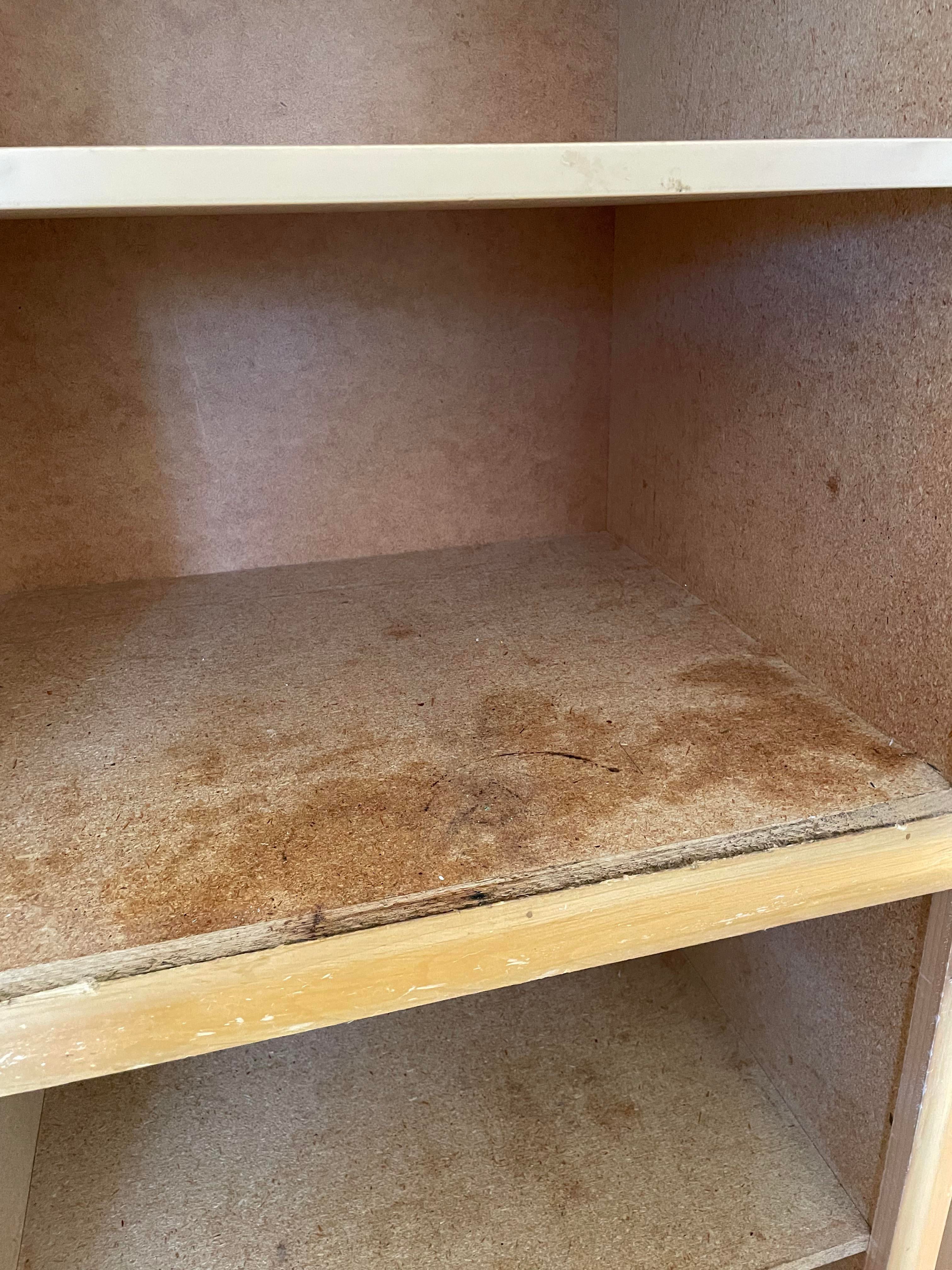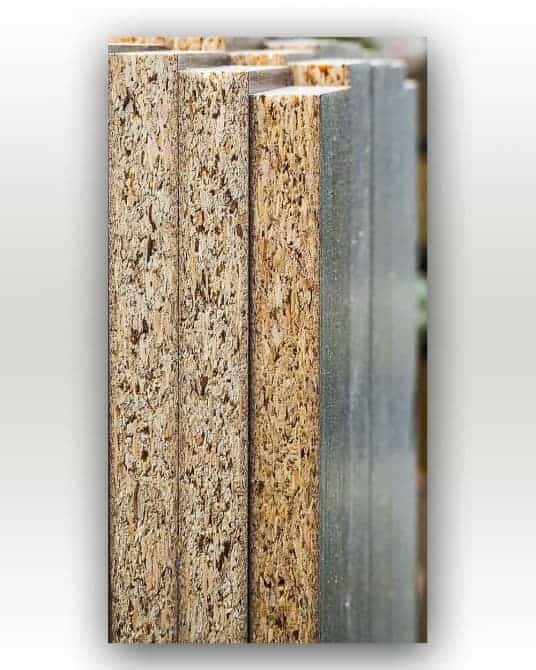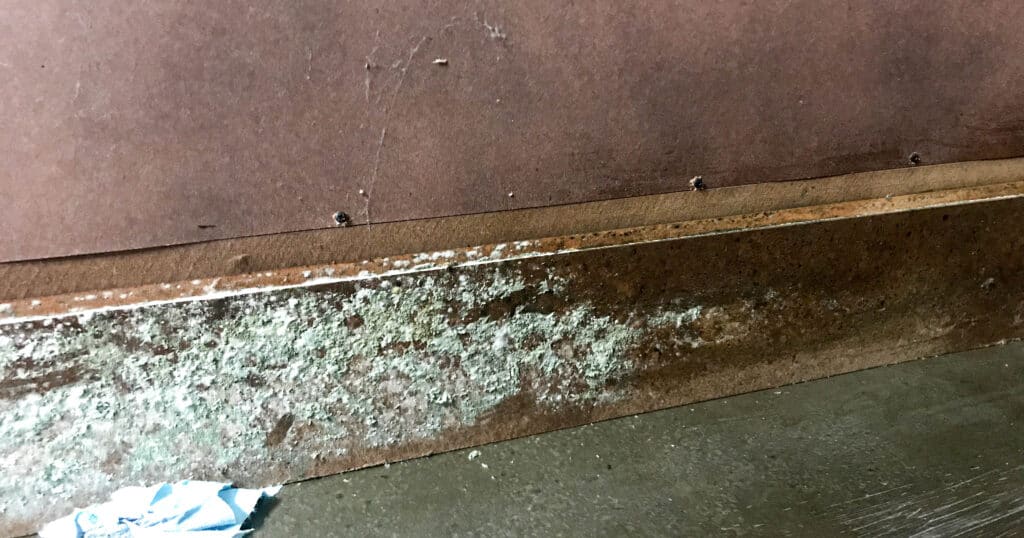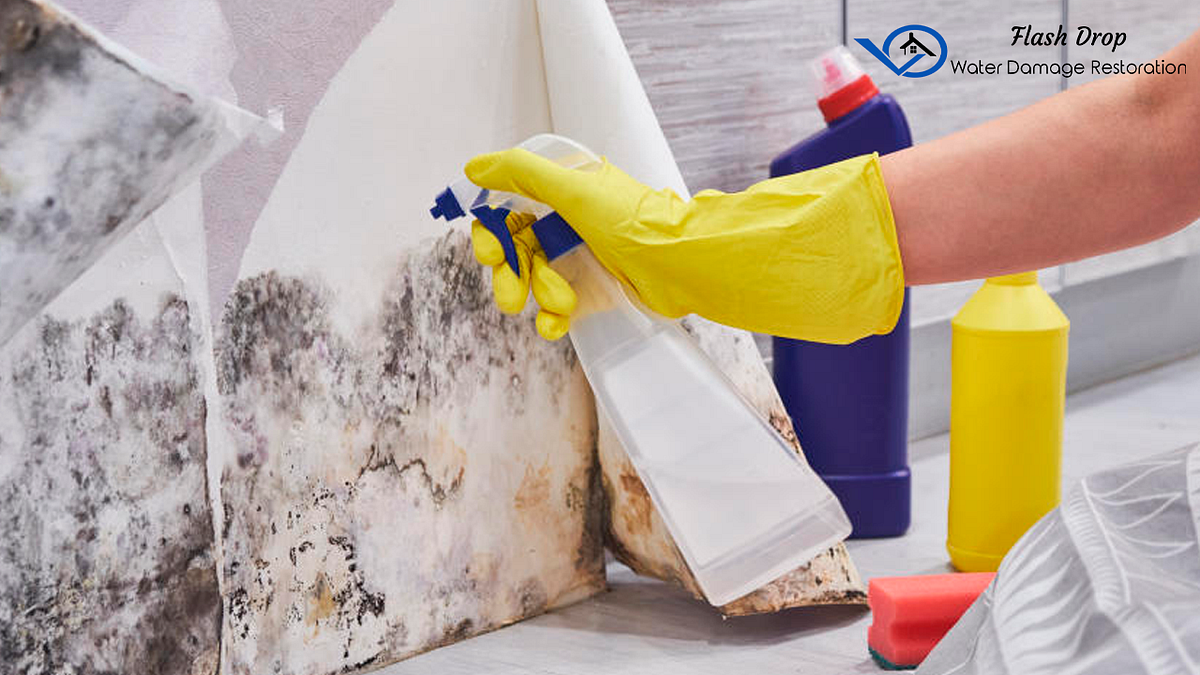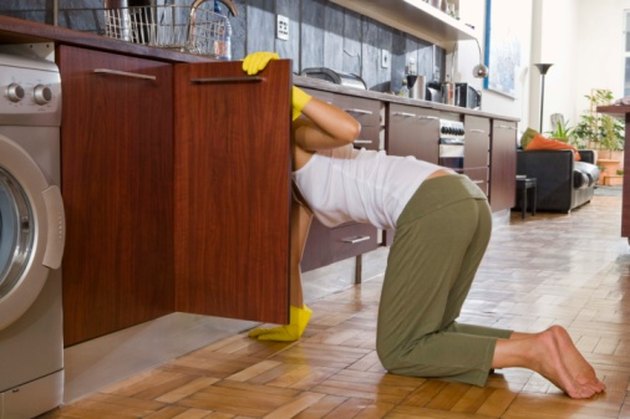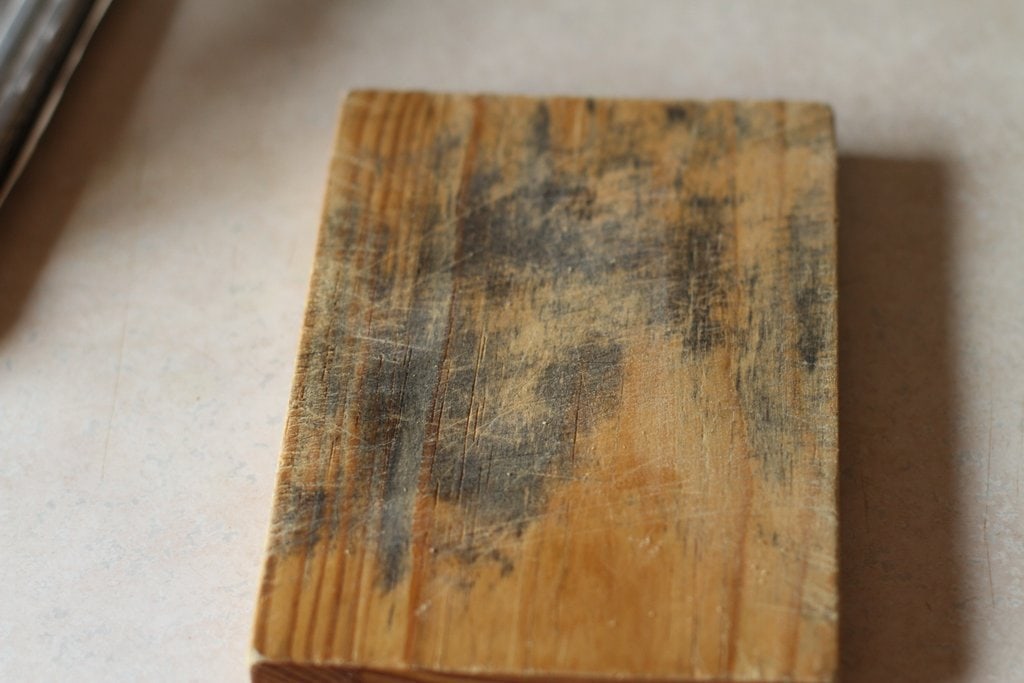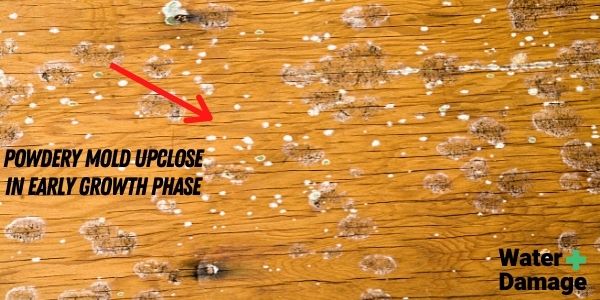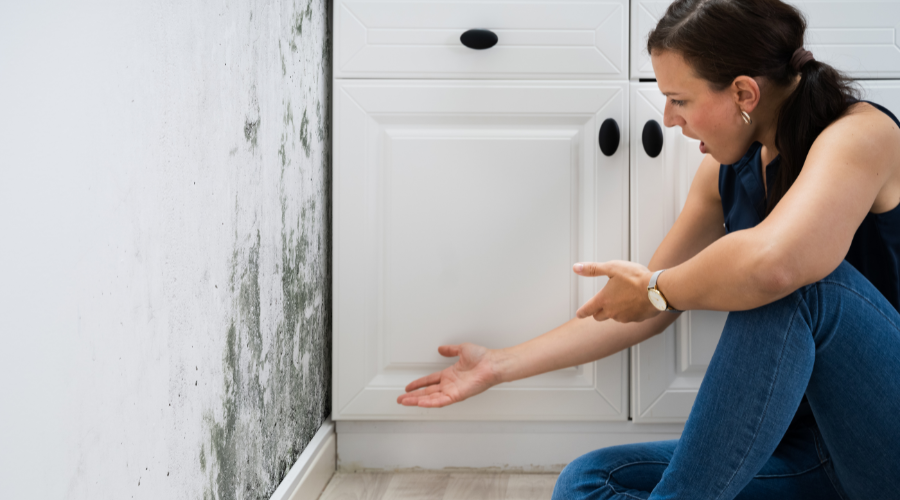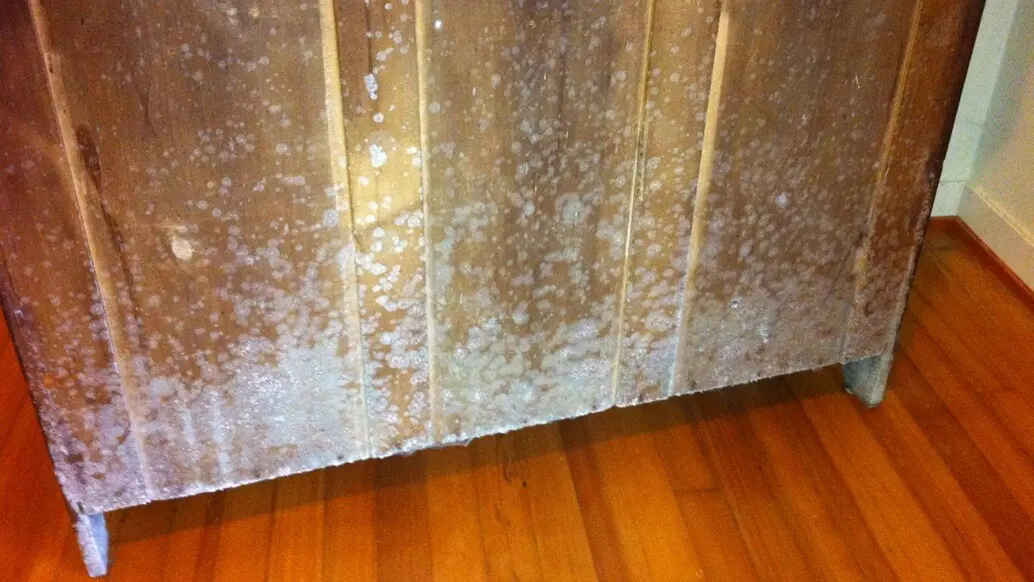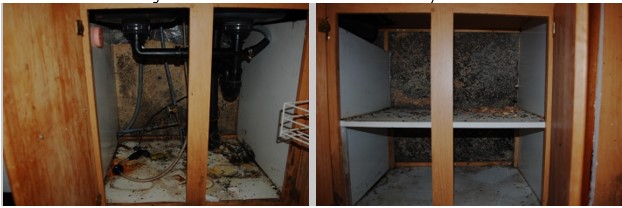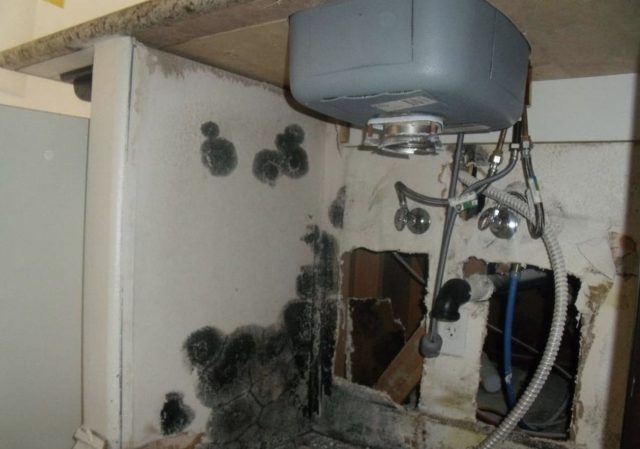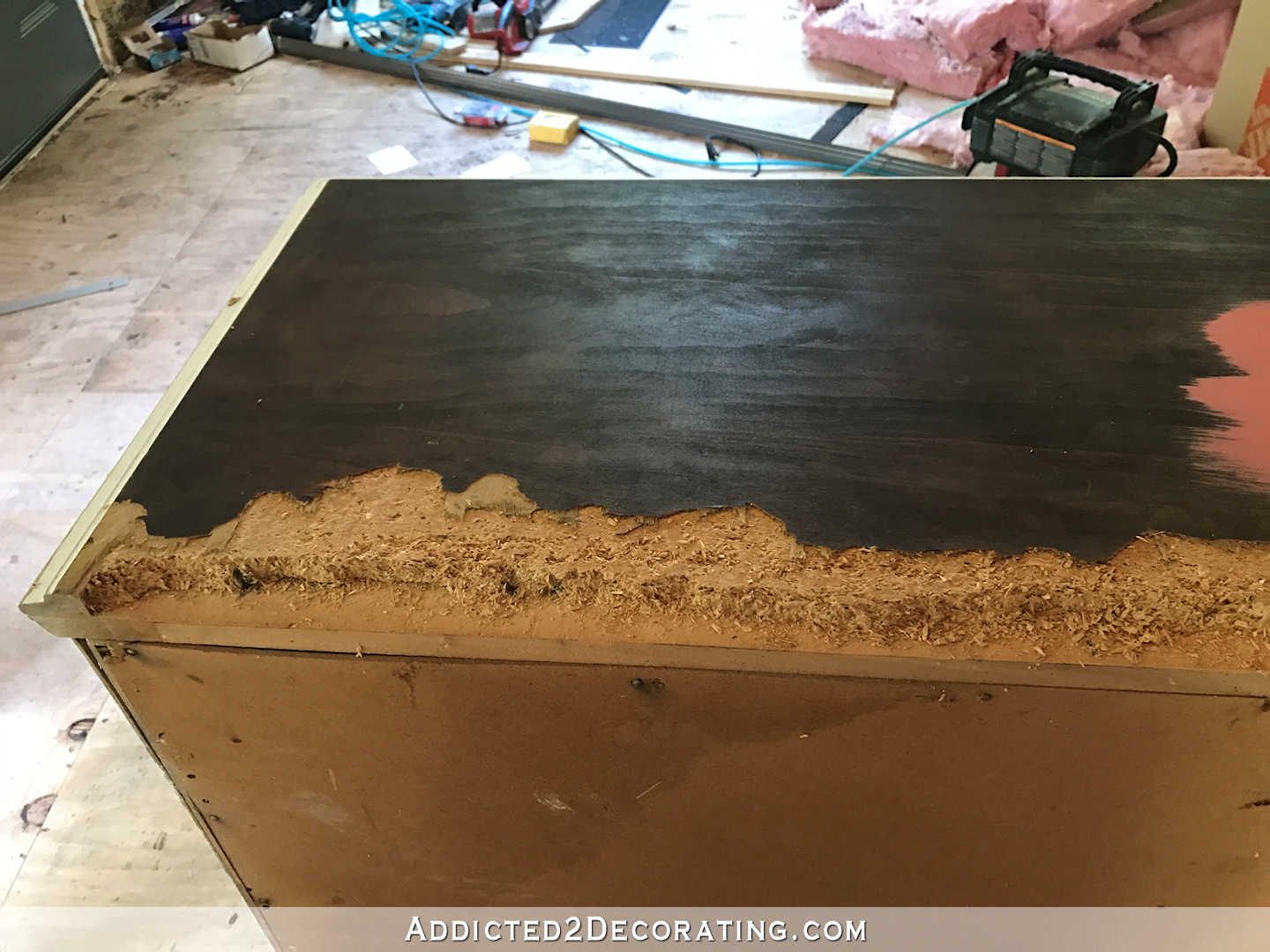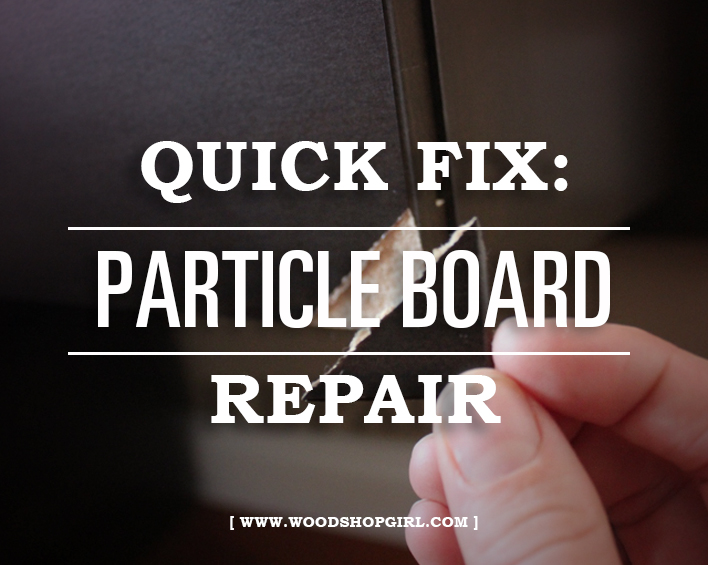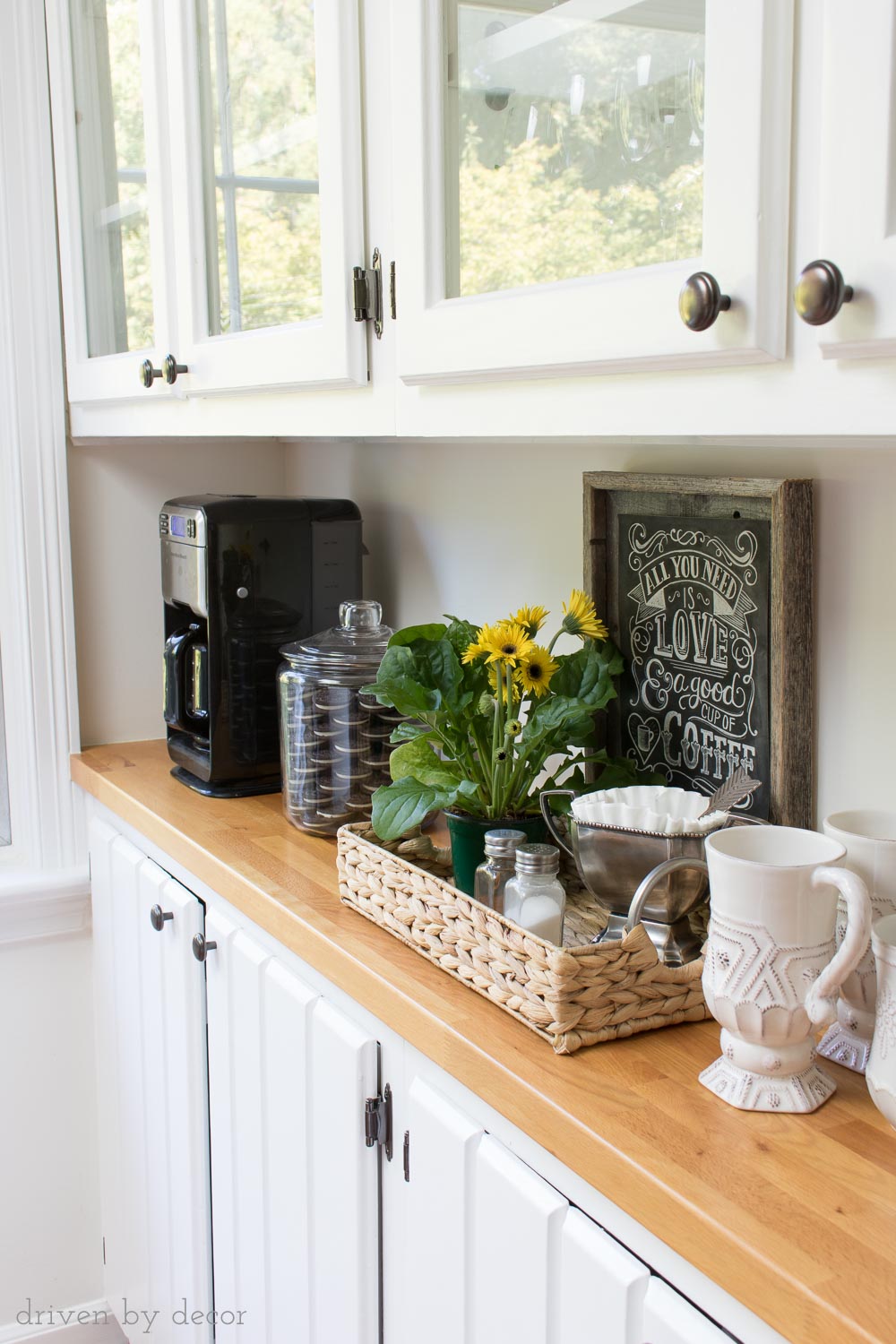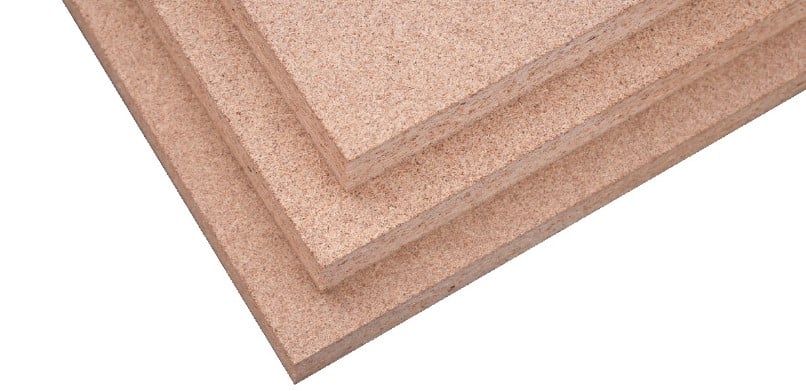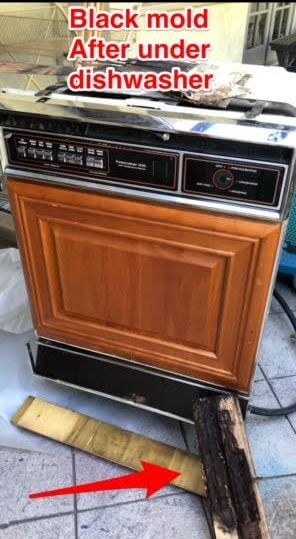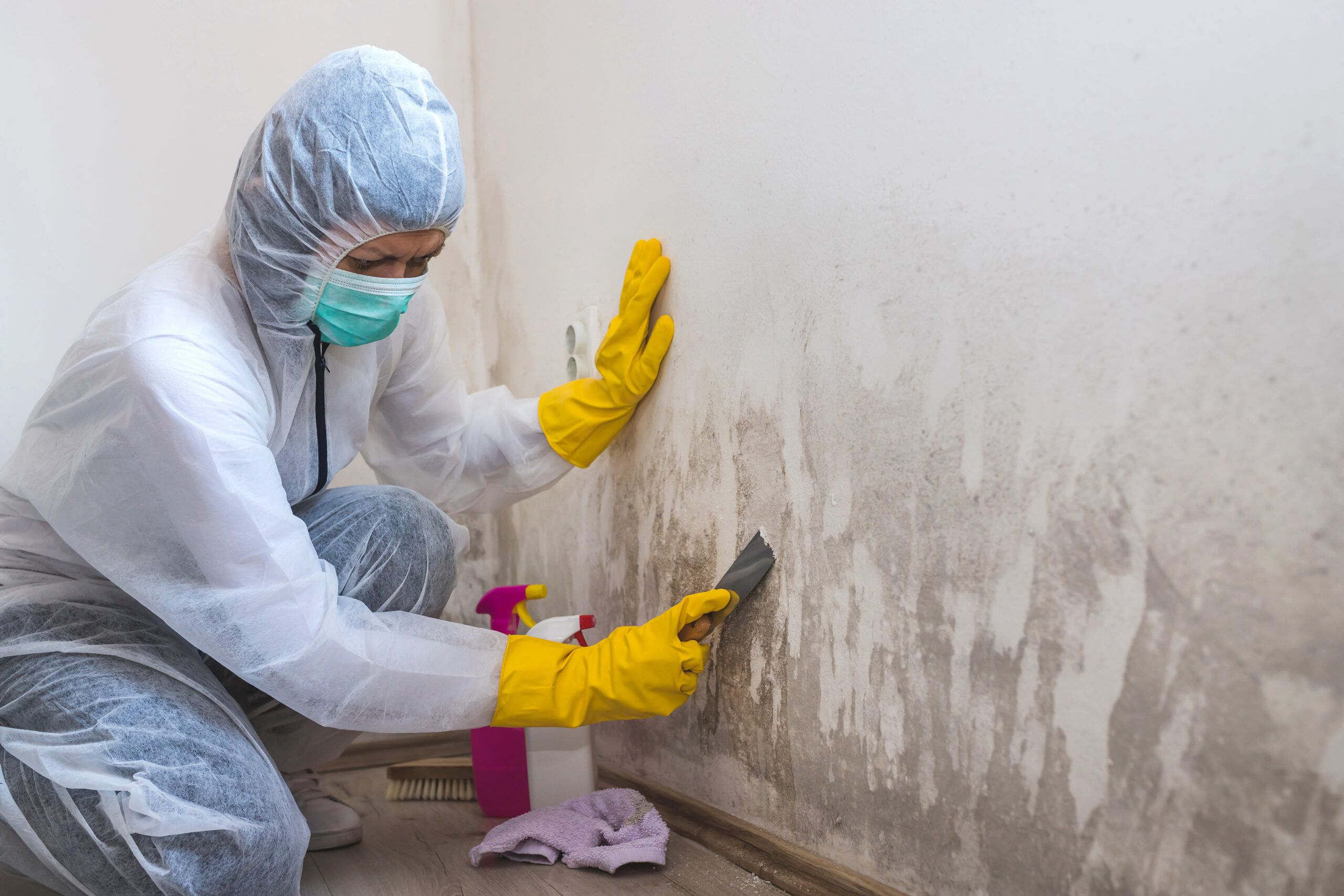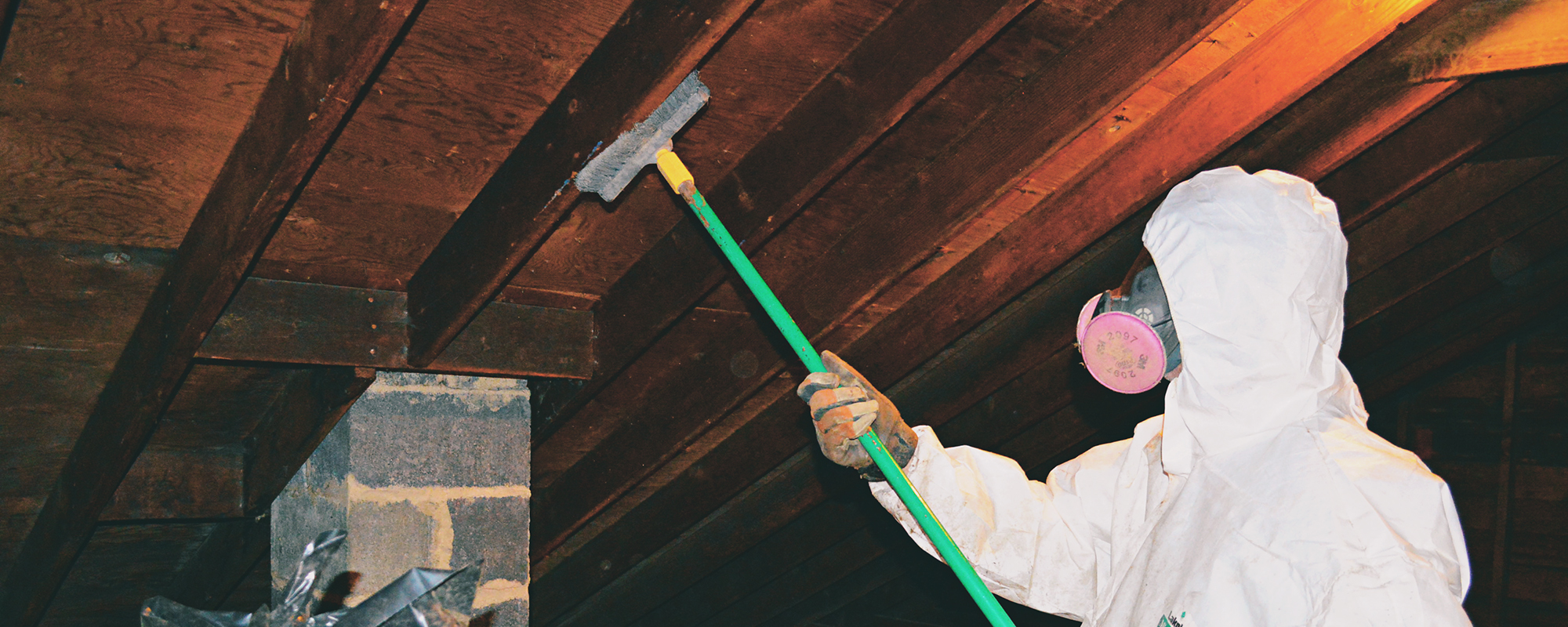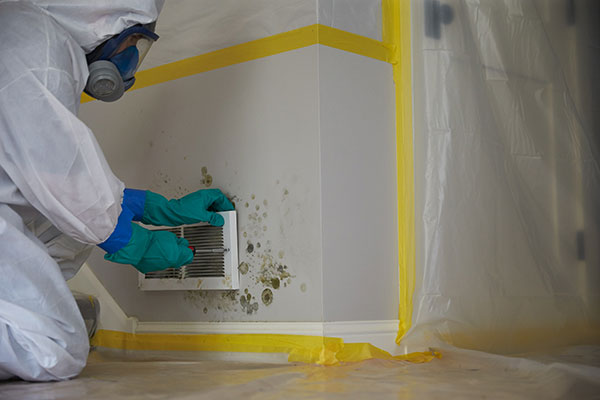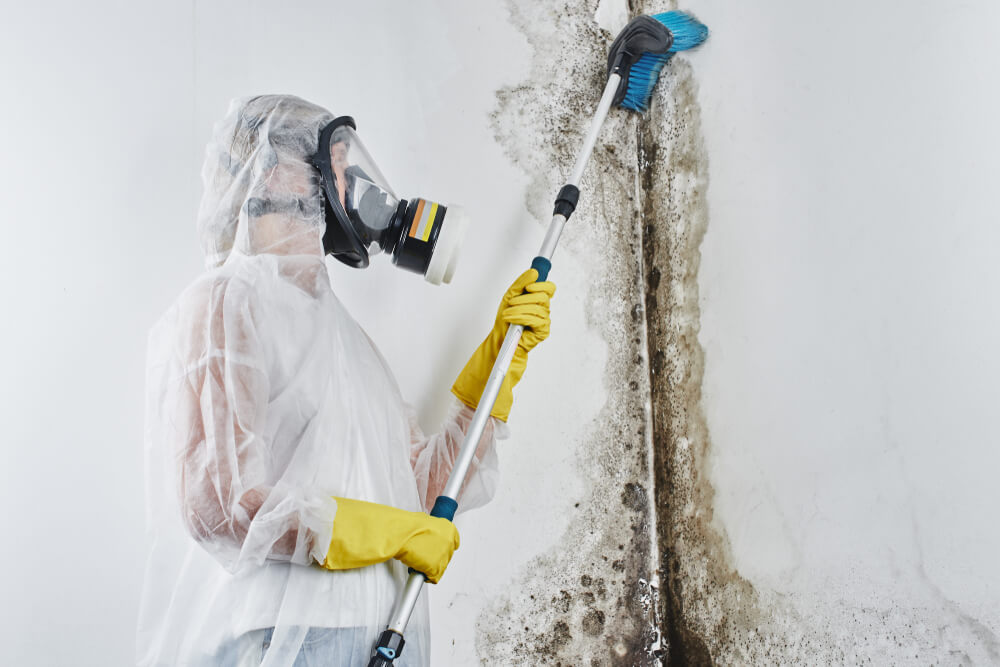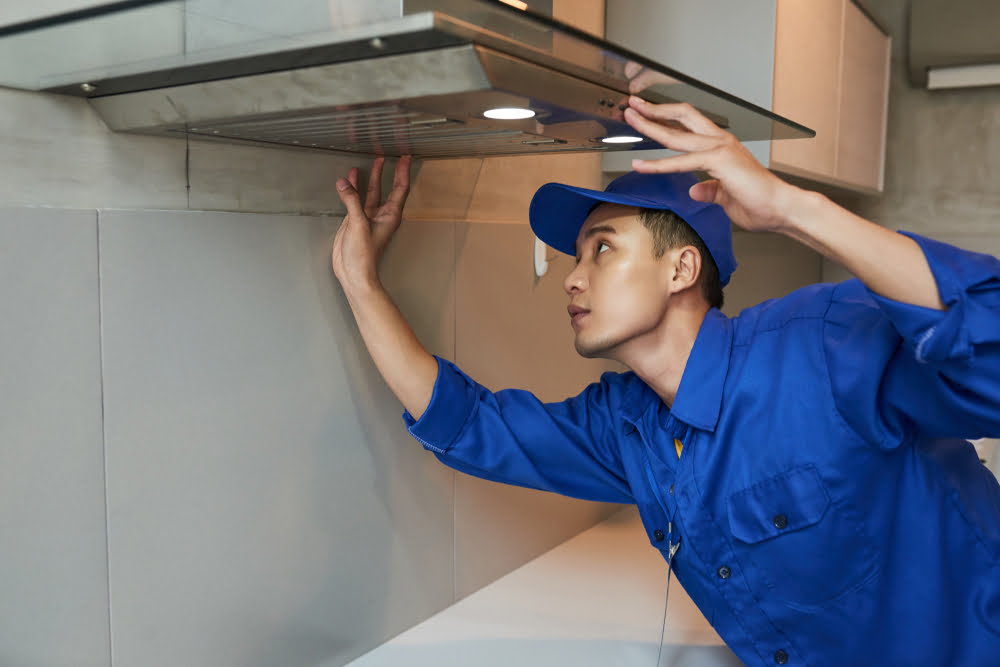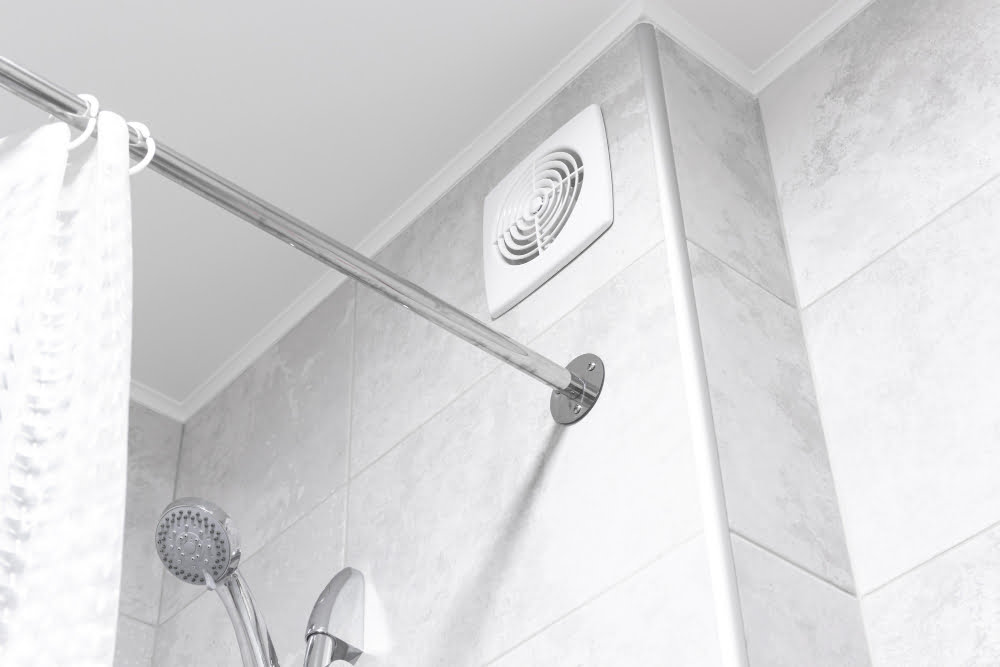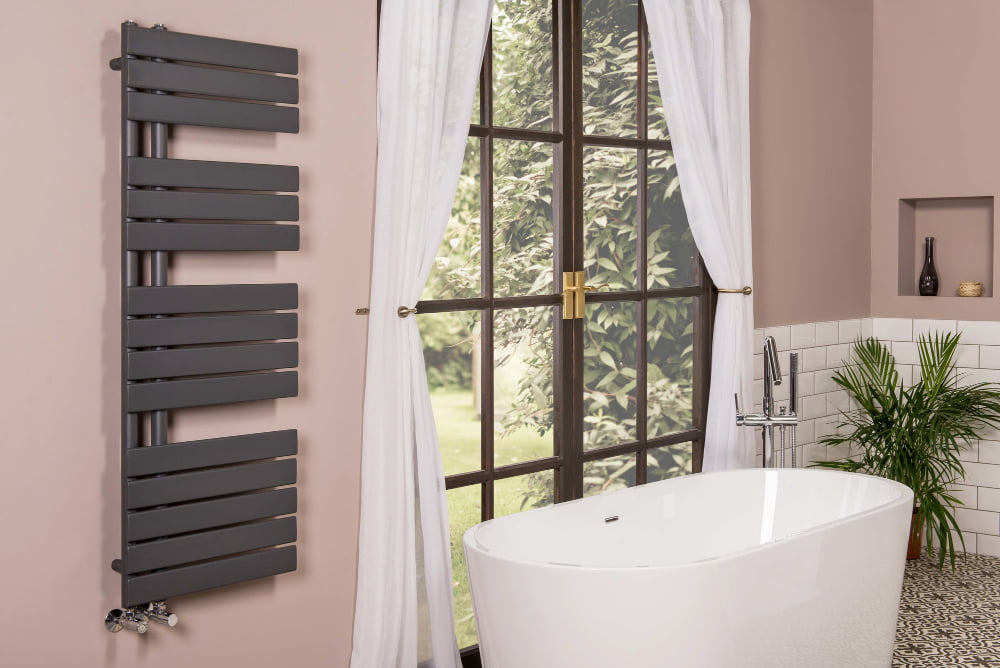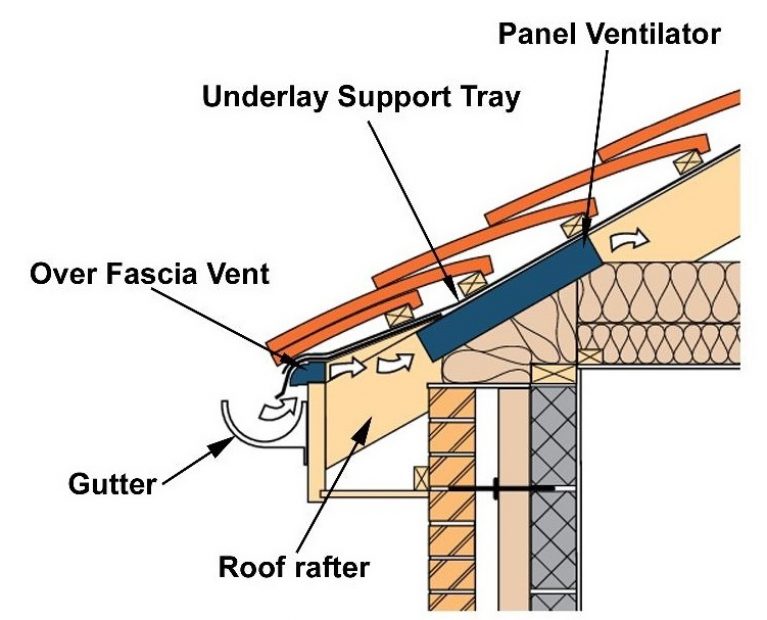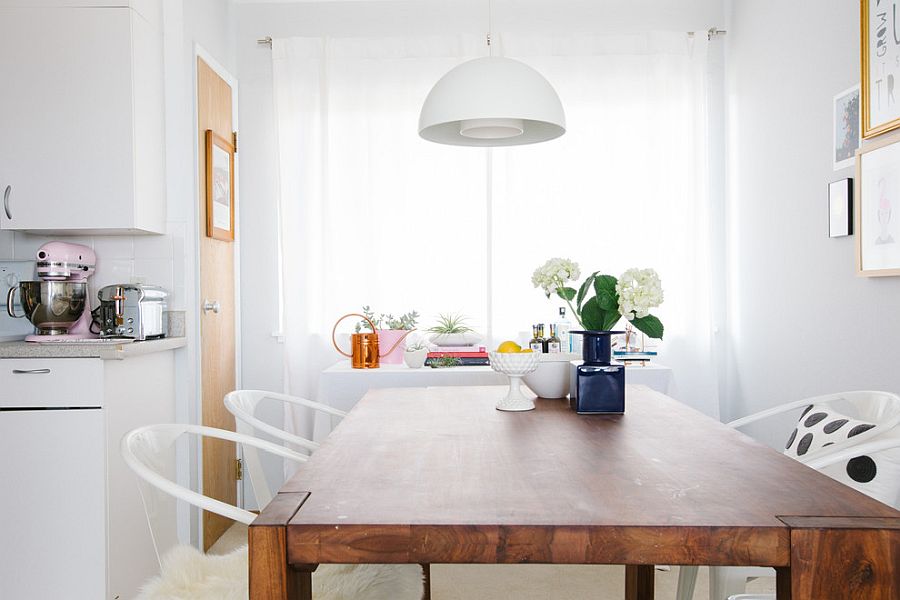If you've noticed a musty smell coming from under your kitchen sink, chances are you have a mold problem. Mold can thrive in damp and dark environments, making the space under your kitchen sink the perfect breeding ground. Not only is mold unsightly, but it can also be harmful to your health. Here's how you can remove mold from under the kitchen sink and prevent it from coming back.How to Remove Mold from Under the Kitchen Sink
Particle board is a common material used to build the base of kitchen cabinets. Unfortunately, it is also a prime location for mold growth. If you have particle board under your kitchen sink, it's important to clean it properly to remove the mold. Start by mixing equal parts of white vinegar and water in a spray bottle. Spray the affected area and let it sit for 10 minutes. Then, scrub the area with a brush and rinse with water. You can also use a commercial mold cleaner, but be sure to follow the instructions carefully.How to Clean Mold from Particle Board
The best way to deal with mold is to prevent it from growing in the first place. To prevent mold under your kitchen sink, make sure to fix any leaks or drips as soon as you notice them. Also, keep the area clean and dry by wiping up any spills or standing water. Consider using a dehumidifier if the area under your sink tends to be damp. You can also purchase a moisture absorber to place under the sink to help keep the area dry.How to Prevent Mold Growth Under the Kitchen Sink
It's important to be able to identify the signs of mold under your kitchen sink so you can address it quickly. Some common signs of mold include a musty smell, black or green spots on surfaces, and discoloration or warping of the particle board. If you notice any of these signs, it's important to take action right away to prevent the mold from spreading.Signs of Mold Under the Kitchen Sink
If the mold has caused significant damage to the particle board under your kitchen sink, you may need to replace it. However, if the damage is minimal, you may be able to repair it. Start by scrubbing the affected area with a mixture of equal parts white vinegar and water. Then, sand down the damaged area and apply a mold-resistant primer. Once the primer is dry, you can repaint the area with a mold-resistant paint to prevent future mold growth.How to Repair Particle Board Damaged by Mold
While white vinegar and water can be effective at removing mold, there are also other products specifically designed for mold removal. Look for a product that is safe for use on particle board and has mold-killing ingredients like bleach or hydrogen peroxide. Be sure to follow the instructions carefully and wear protective gear, such as gloves and a mask, when using these products.Best Products for Removing Mold from Under the Kitchen Sink
Sealing the particle board under your kitchen sink can help prevent mold growth. After cleaning and repairing the area, apply a coat of mold-resistant primer to seal the wood. Then, add a layer of mold-resistant paint for extra protection. This will create a barrier between the wood and any potential moisture, making it harder for mold to grow.How to Seal Particle Board to Prevent Mold Growth
If you prefer to use natural and DIY solutions, there are a few options for removing mold from under your kitchen sink. You can create a paste using baking soda and water and apply it to the affected area. Let it sit for 10 minutes before scrubbing and rinsing with water. You can also use tea tree oil, which has natural antifungal properties. Mix a few drops of tea tree oil with water and spray it on the area, then scrub and rinse.DIY Solutions for Mold Under the Kitchen Sink
If you have a severe mold problem or are unsure of how to properly remove mold from under your kitchen sink, it's best to call in the professionals. They have the expertise and equipment to safely and effectively remove mold and prevent it from coming back. Professional mold removal services may be a bit more expensive, but it's worth the investment for your health and peace of mind.Professional Mold Removal Services for Under the Kitchen Sink
Proper ventilation is crucial in preventing mold growth under your kitchen sink. Make sure there is a gap between the back of the cabinet and the wall to allow for air circulation. You can also install a small fan or use a dehumidifier to help keep the area dry. If possible, try to store items under the sink that are non-porous and won't absorb moisture, such as plastic bins or metal baskets.How to Properly Ventilate Under the Kitchen Sink to Prevent Mold
The Dangers of Mold Under Your Kitchen Sink
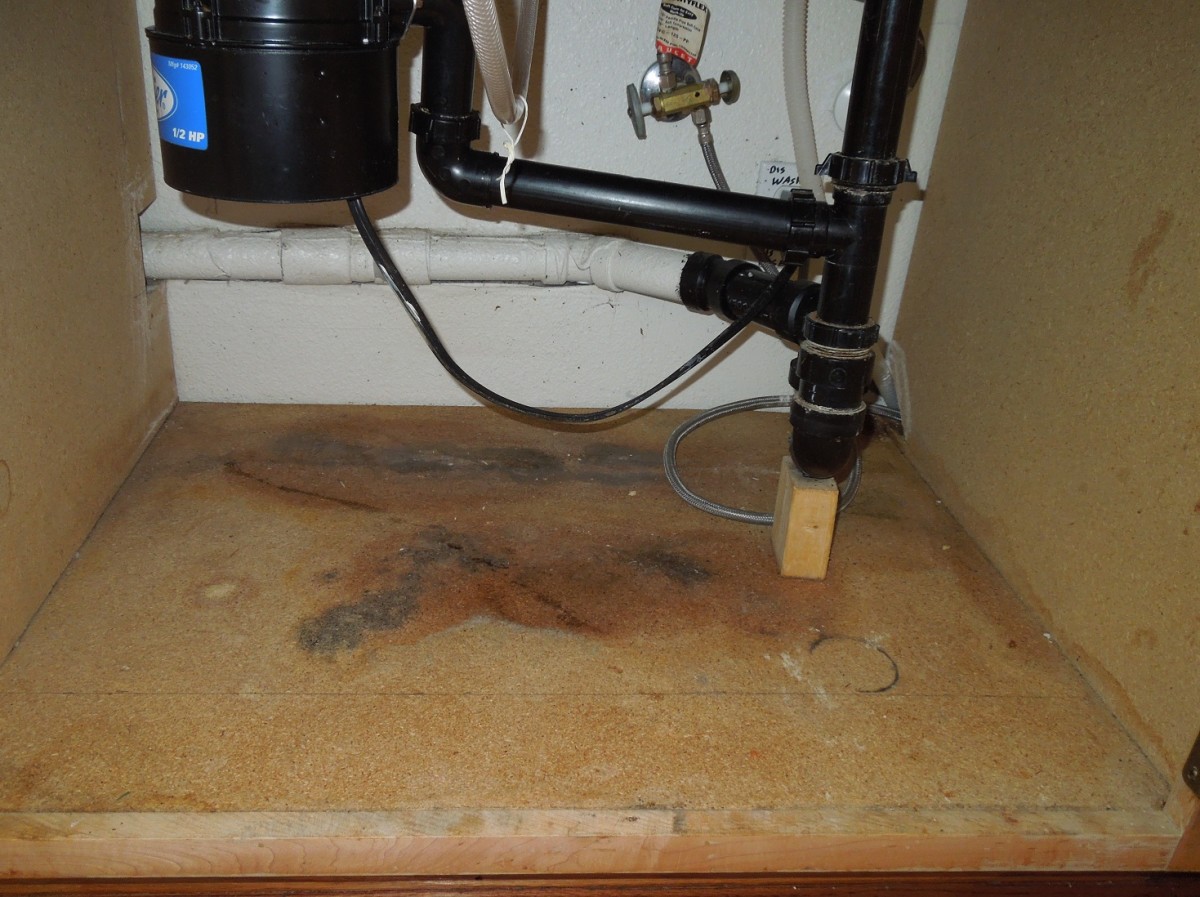
Don't Ignore the Signs of Mold Growth in Your Home
 If you've noticed a musty smell in your kitchen or have discovered black spots under your kitchen sink, it's important to take action immediately. These are common signs of mold growth, and if left untreated, it can lead to serious health risks and damage to your home. The kitchen sink is a prime location for mold growth due to its consistently damp and dark environment, making it the perfect breeding ground for mold spores to thrive. In this article, we will discuss the dangers of mold under your kitchen sink and how to address the issue before it becomes a bigger problem.
If you've noticed a musty smell in your kitchen or have discovered black spots under your kitchen sink, it's important to take action immediately. These are common signs of mold growth, and if left untreated, it can lead to serious health risks and damage to your home. The kitchen sink is a prime location for mold growth due to its consistently damp and dark environment, making it the perfect breeding ground for mold spores to thrive. In this article, we will discuss the dangers of mold under your kitchen sink and how to address the issue before it becomes a bigger problem.
The Health Risks of Mold Exposure
 Mold is a type of fungus that can grow on various surfaces, including particle board, which is commonly used for kitchen cabinets and sinks. When mold grows, it releases spores into the air that can be inhaled, causing a range of health problems. These spores can irritate the respiratory system, leading to symptoms such as coughing, wheezing, and throat irritation. Prolonged exposure to mold can also exacerbate existing respiratory conditions, such as asthma and allergies. In some cases, mold exposure can even cause more severe health issues, including lung infections and central nervous system problems.
Mold is a type of fungus that can grow on various surfaces, including particle board, which is commonly used for kitchen cabinets and sinks. When mold grows, it releases spores into the air that can be inhaled, causing a range of health problems. These spores can irritate the respiratory system, leading to symptoms such as coughing, wheezing, and throat irritation. Prolonged exposure to mold can also exacerbate existing respiratory conditions, such as asthma and allergies. In some cases, mold exposure can even cause more severe health issues, including lung infections and central nervous system problems.
The Damage to Your Home
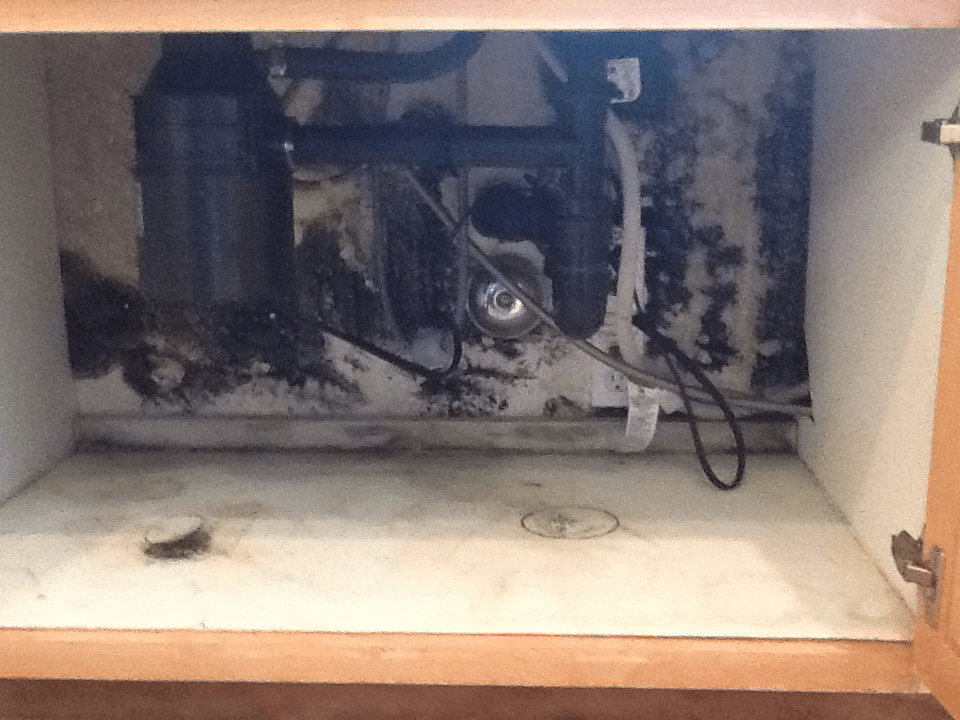 In addition to the health risks, mold can also cause damage to your home's structure and belongings. When mold grows on particle board, it can weaken the material and cause it to deteriorate. This can lead to costly repairs and replacements, especially if the mold has spread to other areas of your home. Mold can also damage any items stored under your kitchen sink, such as cleaning supplies and cookware. Not only will you have to deal with the health risks, but you may also face financial consequences if the mold problem is not addressed promptly.
In addition to the health risks, mold can also cause damage to your home's structure and belongings. When mold grows on particle board, it can weaken the material and cause it to deteriorate. This can lead to costly repairs and replacements, especially if the mold has spread to other areas of your home. Mold can also damage any items stored under your kitchen sink, such as cleaning supplies and cookware. Not only will you have to deal with the health risks, but you may also face financial consequences if the mold problem is not addressed promptly.
Addressing the Issue
 If you suspect mold growth under your kitchen sink, it's essential to take action immediately. The first step is to identify the source of the moisture and fix it. This could be a leaky pipe or a faulty seal around the sink. Once the source of the moisture is addressed, the affected area should be thoroughly cleaned and dried. It's crucial to wear protective gear, such as a mask and gloves, when dealing with mold. If the mold growth is extensive, it's best to seek professional help.
If you suspect mold growth under your kitchen sink, it's essential to take action immediately. The first step is to identify the source of the moisture and fix it. This could be a leaky pipe or a faulty seal around the sink. Once the source of the moisture is addressed, the affected area should be thoroughly cleaned and dried. It's crucial to wear protective gear, such as a mask and gloves, when dealing with mold. If the mold growth is extensive, it's best to seek professional help.
Preventing Future Mold Growth
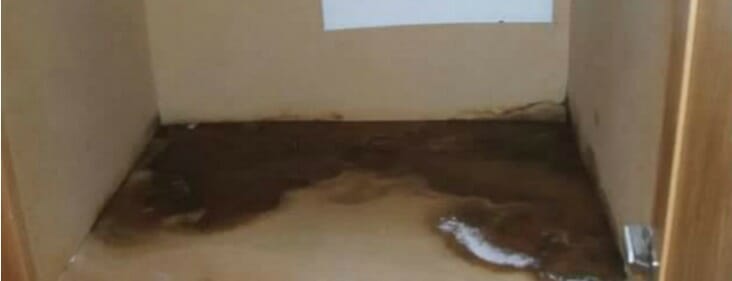 To prevent mold growth under your kitchen sink, it's essential to keep the area clean and dry. Wipe down the sink and surrounding cabinets regularly and fix any leaks promptly. You may also consider using a dehumidifier in your kitchen to reduce moisture levels. Additionally, using mold-resistant materials, such as moisture-resistant drywall, can help prevent future mold growth.
To prevent mold growth under your kitchen sink, it's essential to keep the area clean and dry. Wipe down the sink and surrounding cabinets regularly and fix any leaks promptly. You may also consider using a dehumidifier in your kitchen to reduce moisture levels. Additionally, using mold-resistant materials, such as moisture-resistant drywall, can help prevent future mold growth.
Don't Let Mold Take Over Your Kitchen
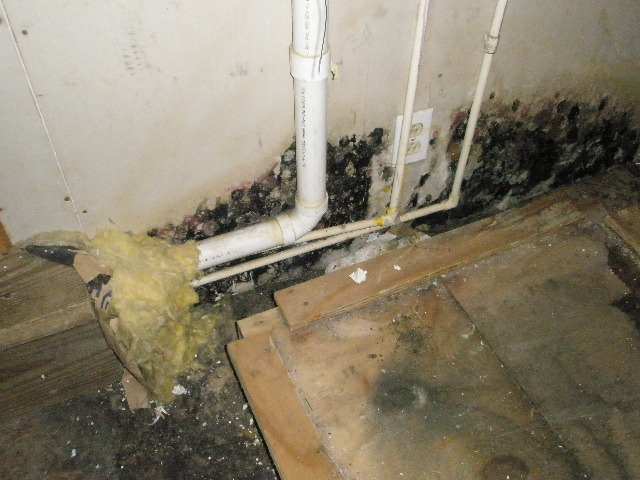 In conclusion, mold growth under your kitchen sink is a serious issue that should not be ignored. It can lead to health risks and damage to your home if left untreated. By addressing the issue promptly and taking preventive measures, you can ensure that your kitchen remains a healthy and safe environment for you and your family. Remember to regularly inspect your kitchen sink area for any signs of mold and take action immediately if necessary. Your health and the integrity of your home depend on it.
In conclusion, mold growth under your kitchen sink is a serious issue that should not be ignored. It can lead to health risks and damage to your home if left untreated. By addressing the issue promptly and taking preventive measures, you can ensure that your kitchen remains a healthy and safe environment for you and your family. Remember to regularly inspect your kitchen sink area for any signs of mold and take action immediately if necessary. Your health and the integrity of your home depend on it.



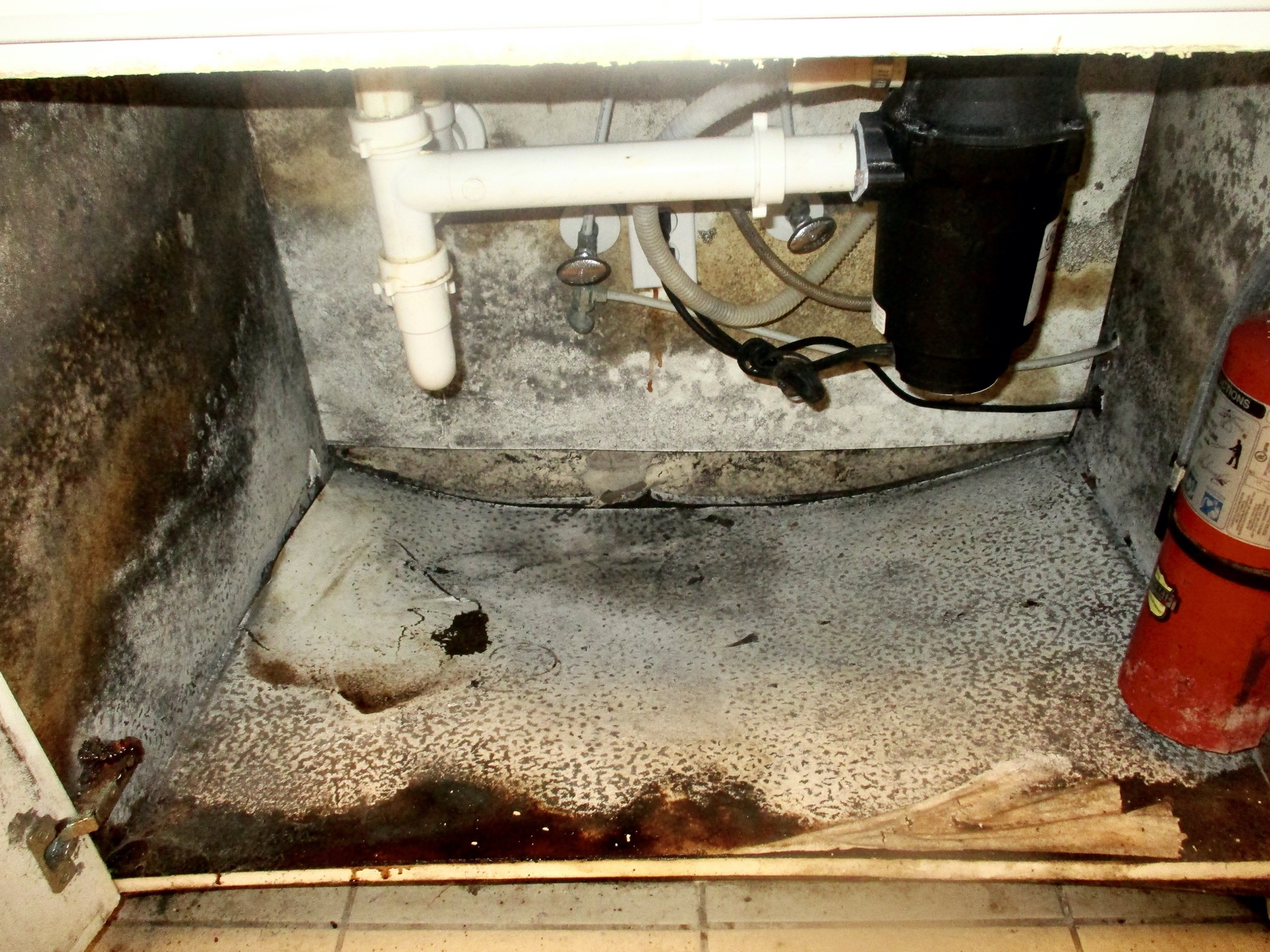
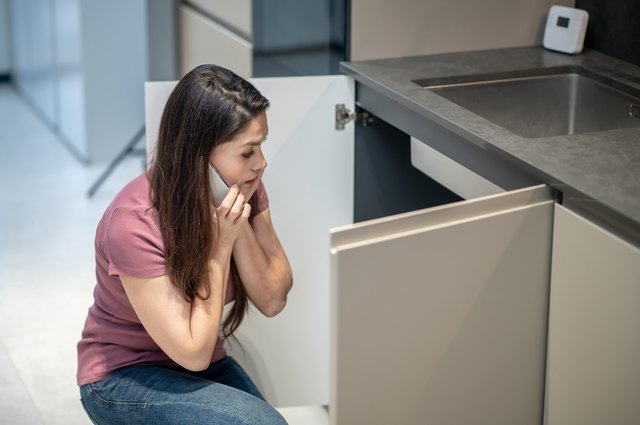




:max_bytes(150000):strip_icc()/water-pipe-under-kitchen-sink-980755976-c96f97e5339142c39e296fe03faba923.jpg)
